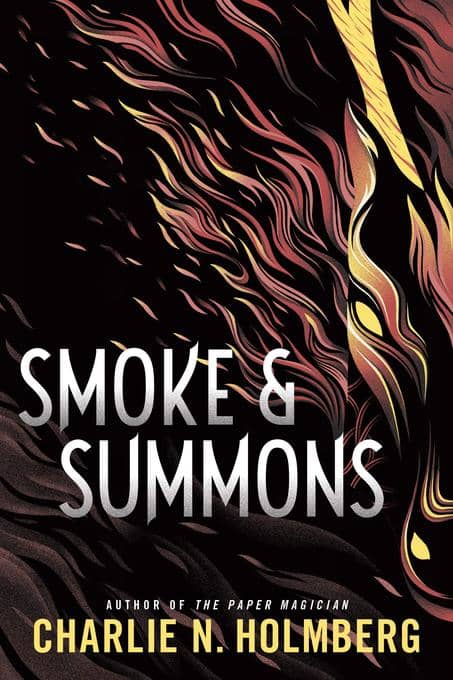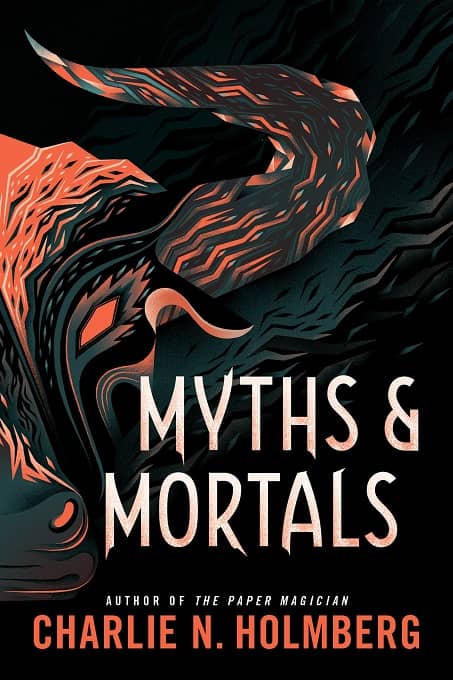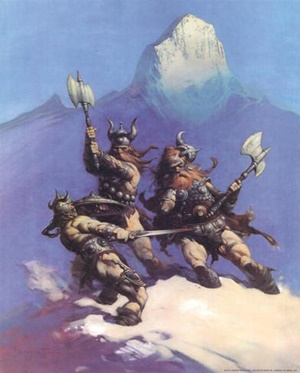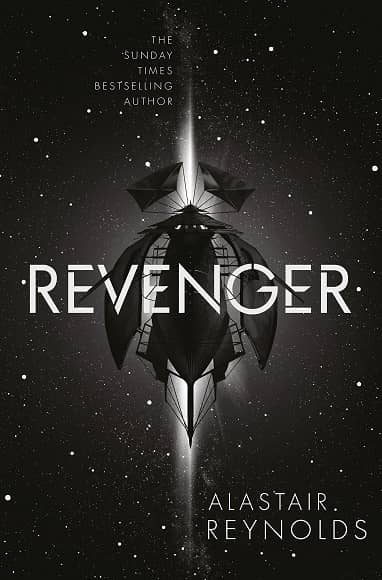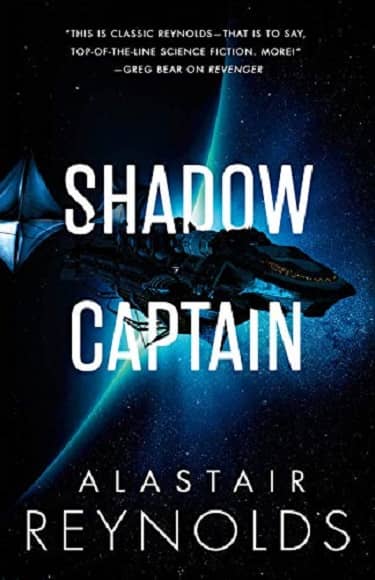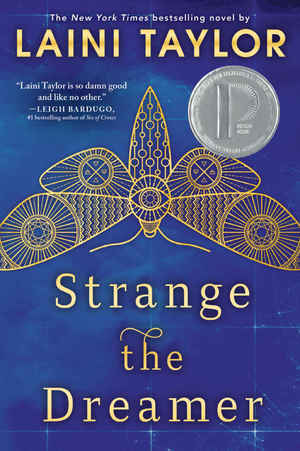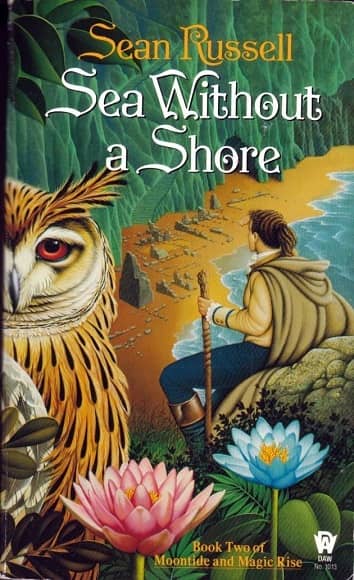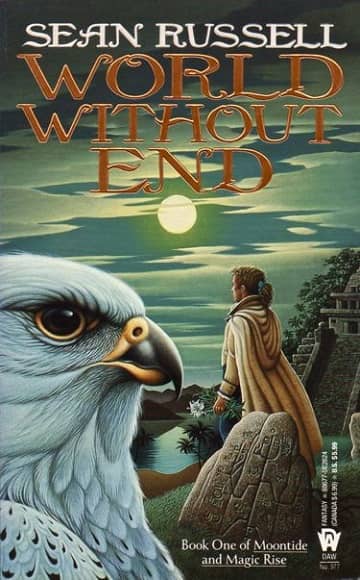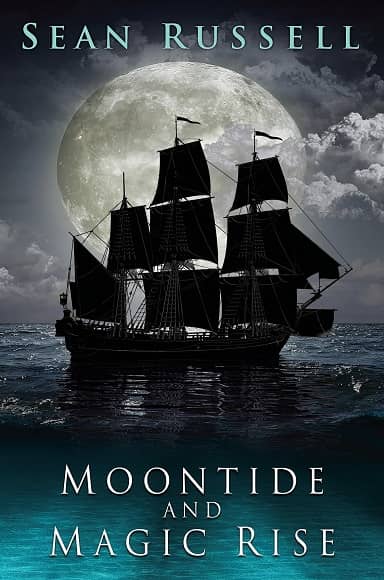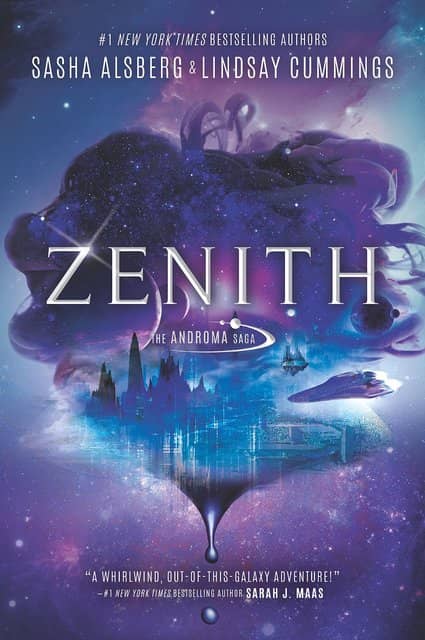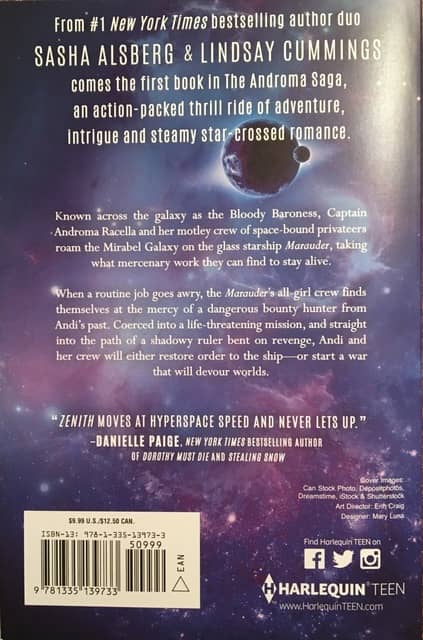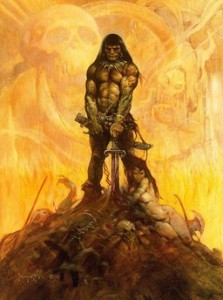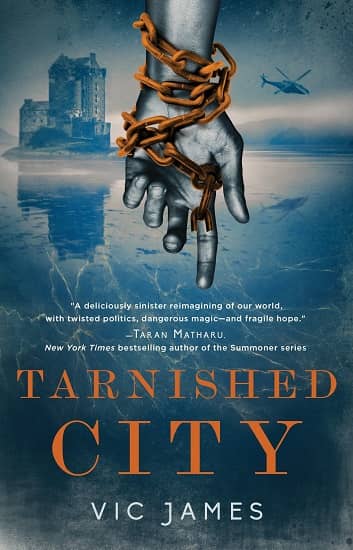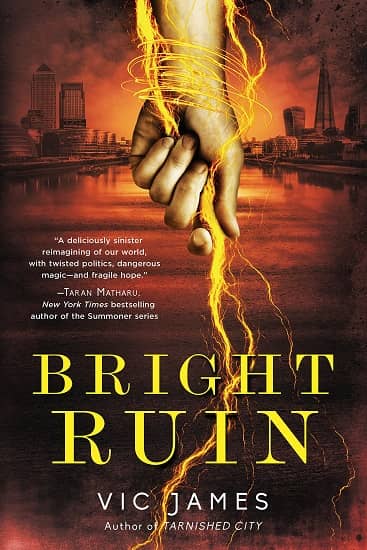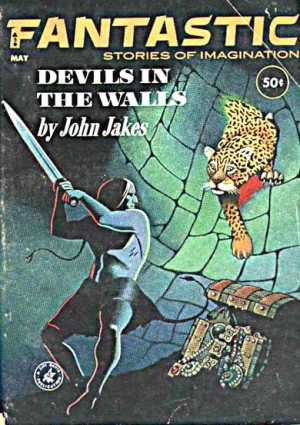A Gritty Medieval Fantasy of Battles, Treachery, and Monsters: The Tales of Durand by David Keck
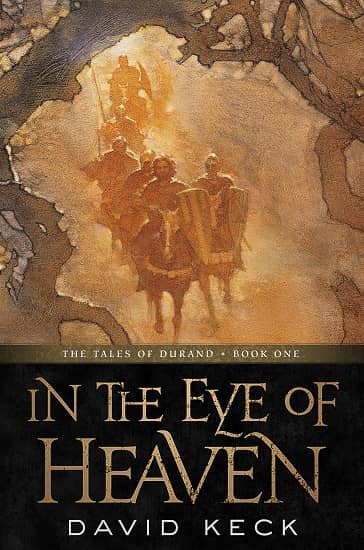 |
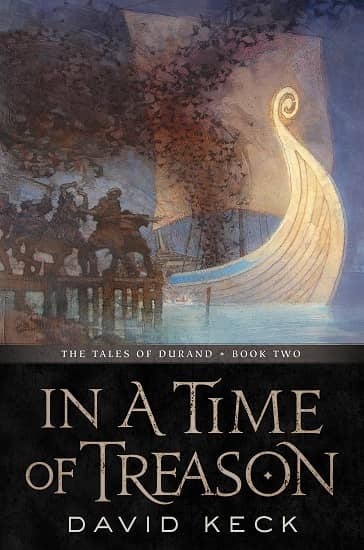 |
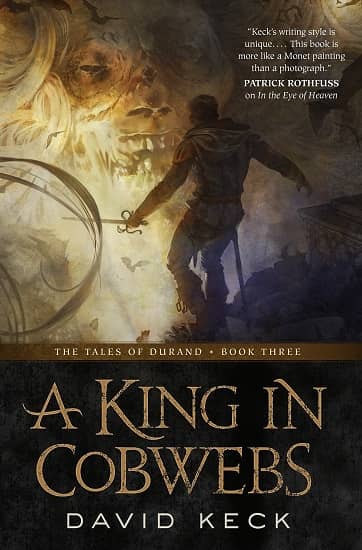 |
The Christmas break, traditionally my longest reading holiday of the year, is over, and it’ll be a month or two at least before I can contemplate tackling another epic fantasy trilogy. But it’s not too early to start stacking by my bedside in preparation.
I’ve already picked out a promising series to start the new stack: David Keck’s Tales of Durand. Publishers Weekly praised the first book, In the Eye of Heaven (2006) as a “winning debut, a gritty medieval fantasy full of enchantment… deftly told,” and called the sequel, In a Time of Treason (2008) “grand-scale storytelling.” But they reserve their strongest praise for the long-awaited concluding volume A King in Cobwebs, saying
Keck concludes his Tales of Durand trilogy with this superlative fantasy epic, which sees the warrior Durand Col take his place among battles and treachery that threaten the kingdom of Errest the Old. Durand stands as champion to Abravanal, Duke of Gireth and holder of the Duchy of Yrlac. Although the Yrlacies are restless under Abravanal’s rule, the duke is commanded to ride with his household to the Fellwood Marches by his unhinged king, Ragnal. Yrlaci rebels harry the soldiers of Gireth on the road to the Fellwood, and, once there, they are chased by the inhuman host of maragrim, “hideous in their innumerable deformities.” … Keck sends the stalwart Durand through darkness and a lost land, facing terrors and beset by the dead. Human politics and dreadful foes are combined in this tale that stands with the very best fantasies.
A King in Cobwebs was published by Tor Books on December 4, 2018. It is 444 pages, priced at $28.99 in hardcover, $17.99 in trade paperback, and $9.99 for the digital edition. The cover is by David Grove. Read an excerpt from In the Eye of Heaven here, and see all our recent coverage of the best in new fantasy series here.
